Research shows that the pain experience differs for women and men
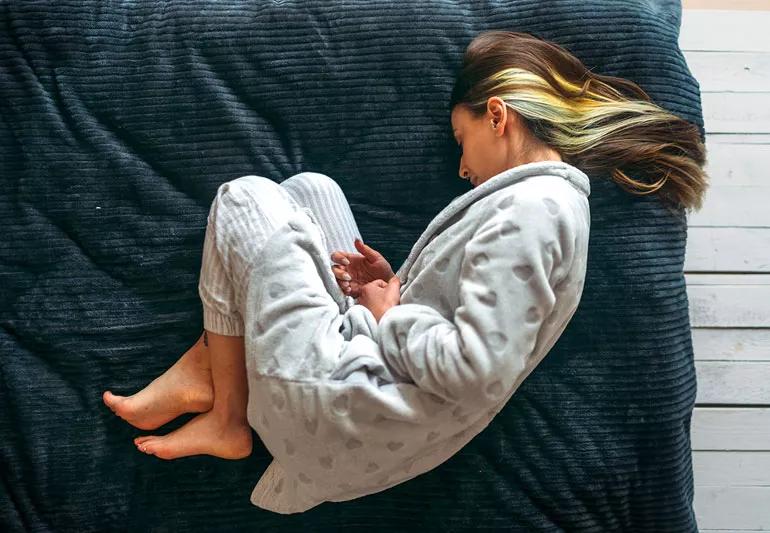
For more than two decades now, research on gender and pain has been a topic of major scientific and clinical interest. More recent research is expanding into how the overall pain experience differs for women compared with men.
Cleveland Clinic is a non-profit academic medical center. Advertising on our site helps support our mission. We do not endorse non-Cleveland Clinic products or services. Policy
Richard W. Rosenquist, MD, Chairman of Cleveland Clinic’s Department of Pain Management, explains that multiple factors play a role in how we experience pain. This includes genetics, social status, exercise and information processing in the brain. And for women, hormones, puberty, reproductive status and menstrual cycle also affect pain threshold and perception, he notes. Here is what the research tells us about the female experience with four common areas of pain.
The National Institutes of Health (NIH) cites many studies that have looked into the prevalence of musculoskeletal pain in men and women. In one study that spanned 17 countries on six continents with more than 85,000 participants, results showed that the occurrence of chronic pain is higher among females than males. Other studies from Europe and Australia also indicated that chronic musculoskeletal pain is more common in females than males.
Under review were several specific types of musculoskeletal pain, including back pain, whole body pain, fibromyalgia and osteoarthritis. As women age, they experience more compression fractures and vertebral changes, such as scoliosis, loss of bone mass and osteoarthritis than do men. And any one of these conditions puts women at a higher risk of breaking a bone during a fall, which can add to their pain.
A number of studies have found a higher prevalence of abdominal pain in women. The NIH reports that there is approximately a 3-to-1 female-to-male ratio in the diagnosis of irritable bowel syndrome in the United States. This condition is characterized by recurring symptoms of abdominal pain and problems with bowel habits.
Headache is one of the most common pain conditions. One review of findings from more than 60 studies concluded that the prevalence of headaches and migraines is higher for women than men. In the NIH American Migraine Study II, which included more than 29,000 adults, it was estimated that the one-year prevalence of migraine in the U.S. is 18% in women and 7% in men.
According to the Women’s Health Office of the U.S. Department of Health and Human Services, migraines are most common in women between the ages of 20 and 45. And women more than men report more painful and longer-lasting headaches with more associated symptoms, including nausea and vomiting.
For women suffering from chronic pelvic pain, absent a physical injury, childbirth or identifiable procedural cause, there is significant potential for a history of intimate partner violence. According to the Centers for Disease Control and Prevention, 1 in 4 U.S. women have experienced intimate partner violence, physical violence or rape compared to one in seven men. Data suggest that this can contribute to pain conditions.
Cleveland Clinic pain psychologist Jill Mushkat Conomy, PhD, points out the following, specific to women and pain: “For women, issues of family stress, weight gain and sexuality can be front and center when it comes to the onset of pain. When meeting with patients, I share a long list of biological, psychological and social issues to consider to get the conversation started.”
Issues include everything from experiencing physical trauma to having feelings of depression. Once the areas of concern are pinpointed, a pain psychologist will often use cognitive behavioral therapy (CBT) to help patients rethink their pain and find different ways to manage and live with it.
Learn more about our editorial process.

Both are needed for a healthy body

Genetics, metabolism and hormonal fluctuations can all make weight loss more difficult
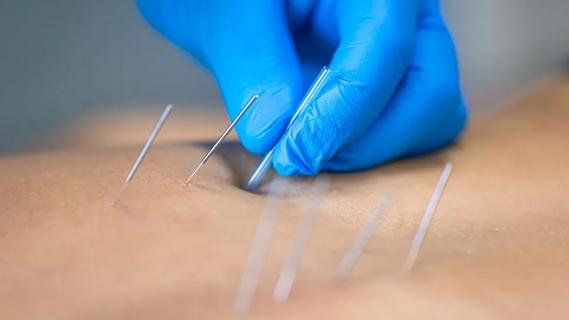
Both can help reduce pain, but they’re very different in terms of origins, philosophies and practices
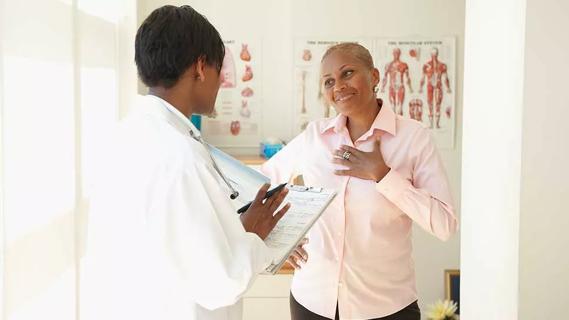
Your natural estrogen levels support a healthy heart by improving your cholesterol, increasing blood flow and reducing free radicals

Endometriosis, pelvic floor dysfunction and bladder issues can all contribute, but relief is within reach
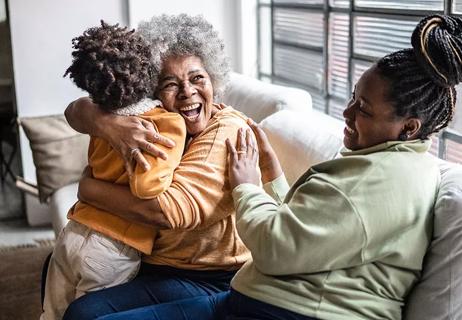
Being intentional has far-reaching benefits

If you’ve been diagnosed with breast cancer, having a normal range of vitamin D can help
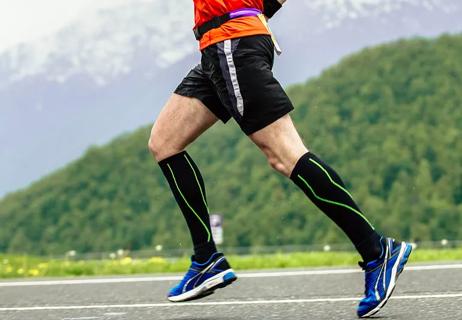
Safe to wear for most people, compression socks promote better blood circulation in your legs

Your metabolism may torch 1,300 to 2,000 calories daily with no activity

A gentle touch in all the right places may help drain your sinuses